ABS plastic is a versatile, low-cost material that is used in a wide range of products.ABS injection molding is a process by which ABS plastic is melted and injected into a mold to create a desired shape. This process is often used for creating small, intricate parts or for mass-producing large parts. Injection molding is a versatile manufacturing process that can be used to create a variety of ABS products, including car parts, medical injection molding, and toys.

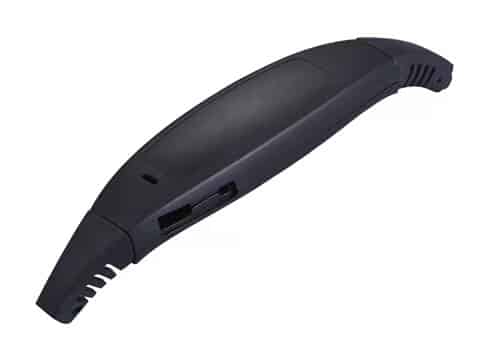

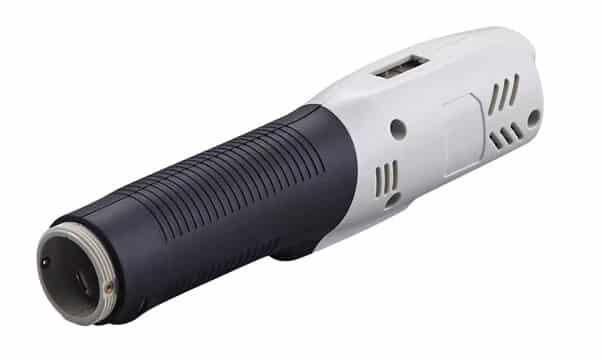
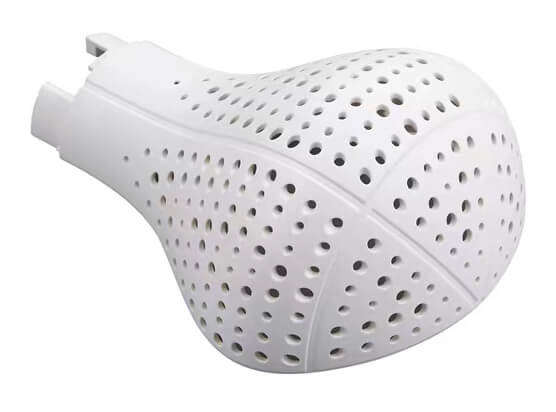

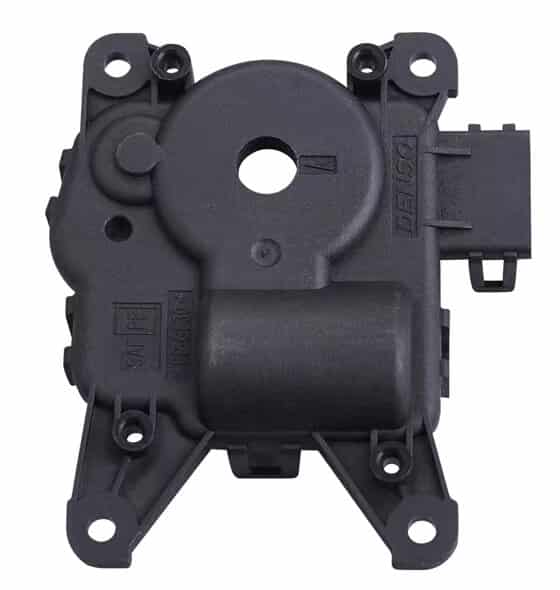
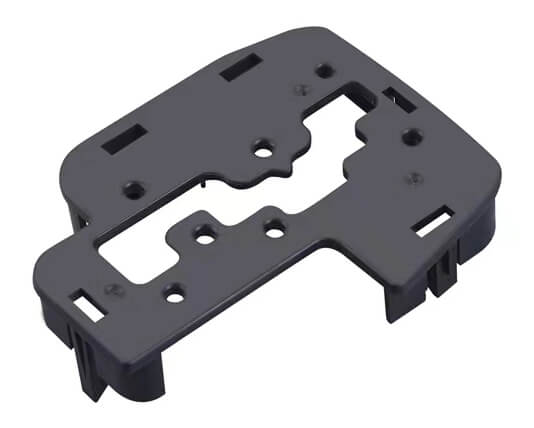
Introduction: What is ABS?
ABS plastic is a synthetic polymer that is lightweight, durable, and easy to process. It is often used in consumer products such as toys, electronics, and automotive parts.
ABS plastic is made up of three main components: acrylonitrile, butadiene, and styrene. These monomers are joined together to form the polymer chains that make up ABS plastic. The properties of ABS plastic depend on the ratio of these monomers. For example, a higher ratio of acrylonitrile results in a stronger and more heat-resistant material.
ABS plastic can be recycled by breaking it down into its component monomers and then reformed into new ABS plastic. Recycled ABS plastic has similar properties to virgin material, making it an ideal material for sustainable manufacturing processes.
Advantages of ABS injection molding
ABS injection molding is one of the most popular manufacturing processes for creating plastic parts and products. There are many advantages to using ABS for injection molding, including its strength, durability, and ease of production.
ABS is a strong thermoplastic that is resistant to impact and abrasion. It also has a high melting point, making it ideal for use in high-temperature environments. In addition, ABS can be easily molded into complex shapes and is suitable for both small-scale and large-scale production runs.
Another advantage of ABS injection molding is its versatility. ABS can be used in a wide variety of applications, including automotive parts, electrical components, and medical devices. It can also be pigmented to create a wide range of colors, allowing manufacturers to create products that match their specific brand identity.
Disadvantages of ABS injection molding
ABS is a thermoplastic, and as such, its physical properties vary with temperature. At high temperatures, ABS is soft and easily deformed. As the temperature lowers, ABS becomes hard and brittle. This makes it difficult to work with during the injection molding process as the material must be kept at a consistent temperature in order to maintain a uniform product.
Another disadvantage of ABS is that it is not UV stable and will yellow over time when exposed to sunlight. This can be mitigated somewhat by adding UV stabilizers to the material during manufacturing, but it will still eventually yellow and degrade under prolonged exposure to sunlight.
Finally, ABS is not an environmentally friendly material. It is made from petroleum products and emits harmful fumes when burned. It should be recycled or disposed of properly in order to avoid contributing to pollution.
| Materials | Plastic manufacturers often select a standard grade of plastic for a similar application or based on supplier recommendations. However, these resins may not be optimal. In plastic selection, there are many factors to consider, including: |
|---|---|
| Heat: The stress created by normal and extreme conditions of use and during the assembly, finishing, and shipping processes. | |
| Chemical resistance is a property affecting part performance when solids, liquids, or gases are in contact. | |
| Agency approvals: Standards developed by the government or the private sector for properties like heat resistance, flammability, and mechanical and electrical performance. | |
| Assemblage: During the assembly process at plastic factory, the plastic is bonded, mechanically fastened, and welded. | |
| Finish: Ability of the material to come out of the mold with the desired appearance values, such as gloss and smoothness. | |
| Price: The price of resin, costs of manufacturing, maintenance, assembly, disassembly, and other costs to reduce labor, finishing, and tools. | |
| Access: The availability of resin from the point of view of the amount required for production of plastic manufacturer. | |
| Draft | A draft angle makes it easier to remove a cooled, finished part from a mold . Draft angles are an essential component of injection molding. Minimizing friction during the part release process can achieve a uniform surface finish and reduced wear and tear on the mold at plastic factory. |
| An angle of the draft is measured according to the direction of pull. Draft angles of at least 0.5° for the cavity and 1.0° for the core are suggested by most design engineers for parts with sufficient draft. The tool must also be designed with more draft if a textured surface is desired and steel shut-off surfaces. | |
| Wall Thickness | The wall thickness of injection molded parts is also an important consideration. An injection molded part from plastic products supplier with a proper and uniform wall thickness is less prone to structural and cosmetic problems. |
| Most resins have a typical wall thickness ranging from .04 – .150. Yet, it is recommended that you obtain thickness specifications for your material(s) of choice by consulting with an injection molder/design engineer and plastic manufacturer. | |
| Wall thickness should be analyzed during the design process to ensure that parts don’t sink, warp, or become non-functional. | |
| Ribs | As ribs are used to reinforce the walls of your injection molded parts without increasing their thickness, they are a valuable component in injection molded parts. Rib design should reduce mold flow length when designing complex parts and ensure that the ribs are appropriately connected to increase the part’s strength. |
| Ribs should not exceed 2/3 of the wall thickness, depending on the material used. WIDE ribs may create sinking and design problems. It is typical for a design engineer and plastic manufacturer to core out some fabric to reduce shrinkage and keep the strength. | |
| If the height of the ribs exceeds 3 times the wall thickness, this could result in the part being short/unable to be filled. Rib placement, thickness, and length are critical factors in determining the viability of a part in its early design phases. | |
| Gate | In a mold part, a gate is a point at which liquid plastic flows into it. Injection molded parts have at least one gate, but they are often produced with multiple gates. Runner and gate locations influence polymer molecules’ orientation and how the part shrinks during cooling. As a result, gate location affects your part’s design and functionality. |
| The gate should be placed at the end of a long and narrow part if it must be straight. It is recommended to have a gate positioned in the centre of parts that must be perfectly round. | |
| With the input of your plastic manufacturer team, you will be able to make optimal decisions regarding gate placement and injection points. | |
| Ejector Pin | Mold ejector pins (located on the B-side/core of the mold) are used to release plastic parts from a mold after being molded. The design and positioning of ejector pins should be considered as early in the process as possible by plastic manufacturers. This is even though they are usually a relatively minor concern in the early design phases. Indentations and marks can result from improperly placed ejector pins, so proper placement should be considered in the early phases. |
| Ejector pins are typically located at the bottom of side walls, depending on the draft, texture, depth, and type of material. You might be able to confirm that your initial ejector pin placement was correct by reviewing the design. In addition, you may be able to make further changes to improve production outcomes. | |
| Sink | Sink marks can appear on the injection molded plastic part during injection moulding when the material shrinks more in thicker areas such as ribs and bosses. In this case, the sink mark is caused by thicker areas cooling slower than thin ones, and the different cooling rates lead to a depression on the adjoining wall. |
| Sink marks are formed due to several factors including the processing method, the geometry of the part, the material selection, and the tooling design. The geometry and material selection of the part may not be able to be adjusted based on its specifications, but there are several options to eliminate sink areas. | |
| Sinking can be influenced by tooling design (e.g., cooling channel design, gate type and gate size), depending on the part and its application. The manipulation of process conditions (for example, packing pressure, time, phase of packing, and conditions) can also reduce sink. Further, minor tool modifications (e.g., foaming or gas assist) can reduce sink. It is best to consult your injection molder and plastic manufacturer regarding the most effective method to minimize sink in injection-molded parts. | |
| Parting Lines | For more complex parts and/or complex shapes, it is important to note where the parting line is located. |
| Having your design shared with your injection molder can greatly influence your finished product’s production and functionality since designers and molders tend to evaluate parts differently. The challenge of parting lines can be addressed in several ways. | |
| It’s important to be aware of the importance of the parting line when designing your initial concept, but you are not limited to that. You may be able to locate other possible locations using CAD software and mold flow analysis. When you work with an injection molder, they keep your part end use in mind and help you determine where the parting lines should be placed. | |
| Special Features | It is essential to design plastic parts so that mold tools can open them and eject them without difficulty. Injection molds release parts by separating the two sides in opposite directions. A side action may be necessary in some instances, where special features such as holes, undercuts, or shoulders prevent the release from occurring. |
| Coring is pulled in a direction opposite that of mold separation as a side action. In some cases, costs may increase due to this flexibility in part design. | |
| When designing and developing a product, you (plastic manufacturers )were having the right injection molder, and engineer on your side is essential. You can avoid many issues by working with them. In integrating these elements into your product design process and working with a plastics engineer who has experience with these materials, your goal will be to get your product to market as quickly and cost-effectively as possible. |
The injection molding process
Injection molding is a manufacturing process for producing parts from both thermoplastic and thermosetting plastic materials. It is similar to other molding processes, such as extrusion and blow molding, but differs in that the material is first melted and then injected into the mold cavity under high pressure. Once the material has cooled and solidified, it is ejected from the mold cavity.
Injection molding is a versatile manufacturing process that can be used to produce parts of all shapes and sizes. These parts can be made from a wide range of thermoplastic and thermosetting materials.
Injection molding is often used to produce complex parts, such as electronic casings and housings, medical devices, automotive components, and consumer goods. The three main factors that determine the cost of a part produced by injection molding are the size, shape and complexity of the part. The cost is higher for larger parts and for more complex parts. Injection molding is a complex process. There are many variables that must be taken into account in order to produce high quality parts with repeatable cycle times and good surface finish.
Tips for injection molding ABS
ABS is a versatile material that can be used for many different applications. Injection molding is one of the most popular methods for manufacturing ABS products. There are a few things to keep in mind when injection molding ABS to ensure that the final product is of high quality.
First, the injection molding temperature must be kept at or below 350°F (177°C). Second, since ABS melts around 425°F (218°C), the melt temperature should not exceed this. The first tip is to use a higher melt temperature when injection molding ABS. This will help to prevent warping and improve the overall finish of the product.
The second tip is to use a shorter injection time. This will help to prevent defects in the final product. A short time will produce a stronger, more solid product.
Conclusion
ABS injection molding is a popular manufacturing process for many industries because it is cost effective and efficient. The process involves injecting molten ABS plastic into a mold where it cools and hardens to the desired shape.
There are many advantages to using ABS injection molding, including the fact that it is a versatile material that can be used in a variety of applications. Additionally, ABS plastic is strong and durable, making it ideal for products that need to withstand heavy use.
Overall, ABS injection molding is an excellent manufacturing option for businesses that need high-quality, affordable products.
